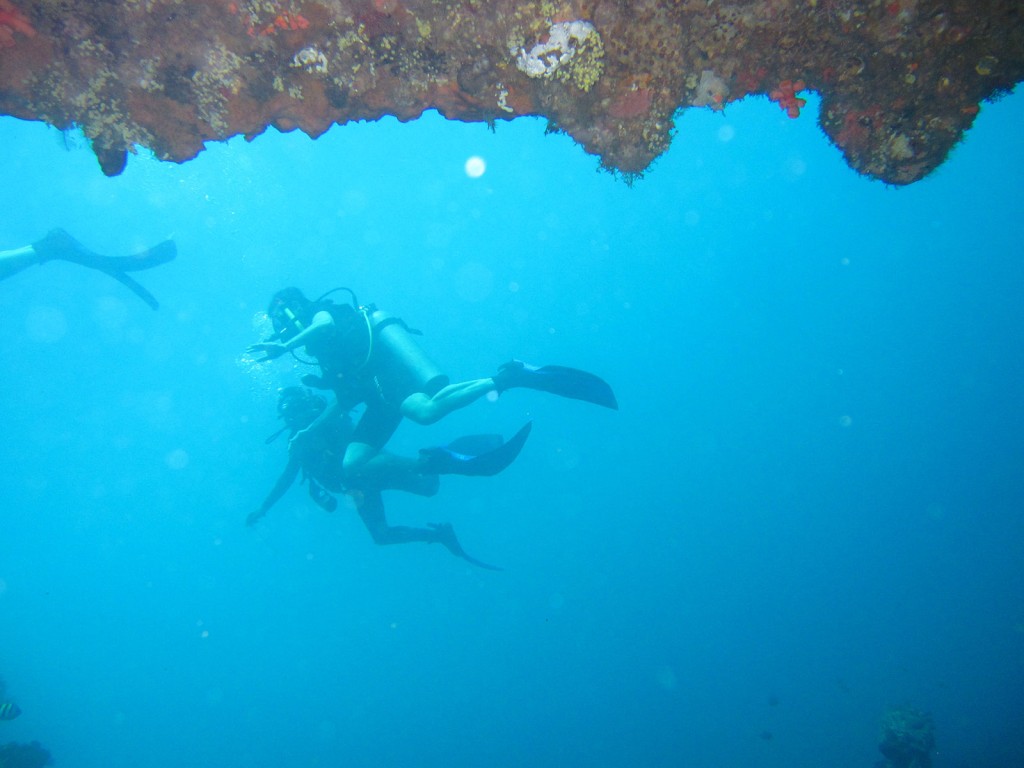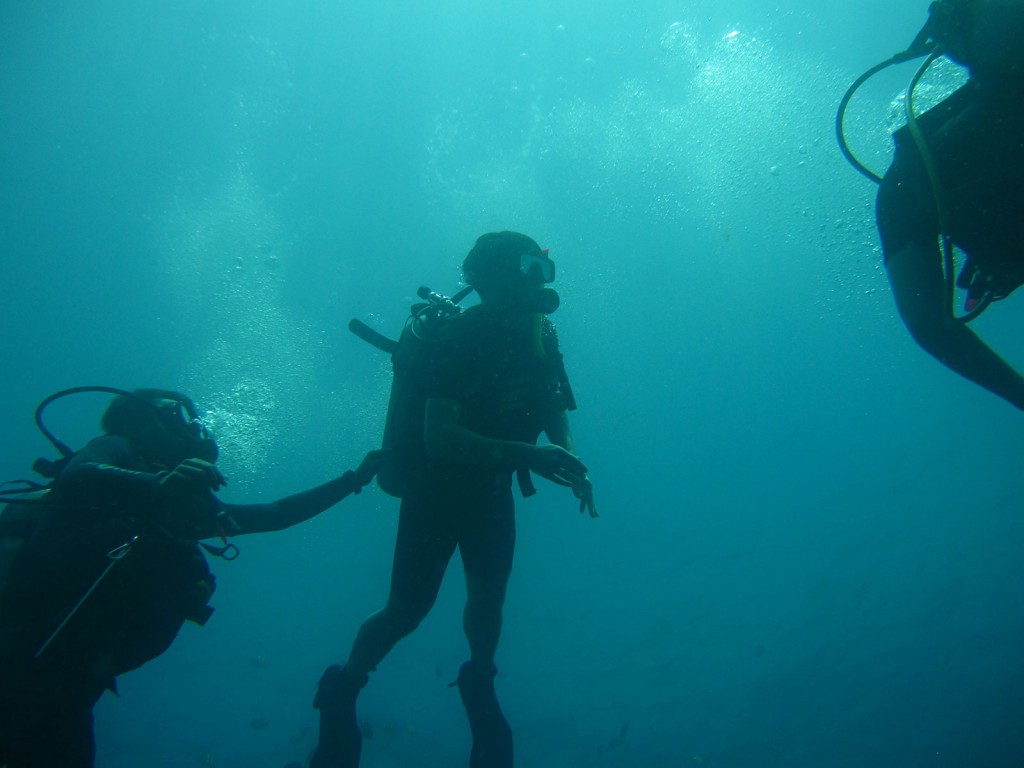There are many different types of diving that have been developed to meet every diver’s desires and needs. One of these is drift diving. Divers take advantage of the water current to travel underwater with little or no effort at all. They quite often feel like they are flying or gliding when they go drift diving. This type of diving gives divers a super opportunity to see more of the breathtaking and vast underwater world.
Drift diving does have some risks and dangers, but if you have the right dive plan, required skills, and necessary equipment, that greatly decreases those risks.
UNDERSTANDING CURRENT AS A MAJOR FACTOR IN DRIFT DIVING
Divers encounter water currents often and these are created from the changing of tides or an ocean current. Current speed varies sometimes, depending on the bottom topography, degree of fluctuation, and tidal times, among others.
If unfamiliar with the dive site, a good rule of thumb is to ask knowledgeable locals about time of tidal fluctuation, current speed, direction and potential hazards.
In our Open Water Diver course, we are taught to start our dive by swimming against the current then later drift back to our exit location. In drift diving, we go with the flow, which covers longer distances by using the force of water current to our advantage.
The current varies at the different areas, and some dive spots can have season with strong currents and other times of the year there will be no current. It basically all depends on which season you go diving.

SKILLS TO BE CONSIDERED IN DRIFT DIVING
A diver absolutely must be familiar with and know all the basic diving skills before drift diving. Feeling comfortable in the water is also very important because this affects your air consumption.
The most important skill when drift diving is Buoyancy Control. The majority of the drift diving sites are located along walls that plunge to greater depths or in between passage ways where the current is very strong. Upwelling or downwelling currents are also experienced during drift diving. So for this reason buoyancy should be adjusted to avoid going too deep or ascending too quickly.
DRIFT DIVING EQUIPMENT AND ACCESSORIES
Basic scuba equipment is used in drift diving, but remember, you have to pay particular attention to the accessories that are a part of your gear that dangle to avoid entanglement. Make sure to fasten and secure them.
Since drift diving will take you to farther locations, it is mandatory to be equipped with an inflatable surface marker with a string attached to a reel.
This way your boat/shore crew will know your exact location. An inflatable surface marker can be in the form of a DSMB or a buoy floating on the surface during the entire dive. In addition to surface markers, divers may use reflective gadgets or flashlights too.
DRIFT DIVING CERTIFICATION COURSE
Gaining experience in drift diving is not the only way to gain skills to do this type of diving if you are passionate about it. You can also gain skills in drift diving by taking formal lessons.
Some diving agencies even offer drift diving as a specialty course. And sometimes it is a part of their Advanced Open Water Scuba Diver Certification. You will learn how to plan and organize your drift dive, the dynamics of currents and, most importatnly, drift diving techniques.







